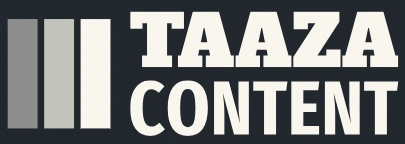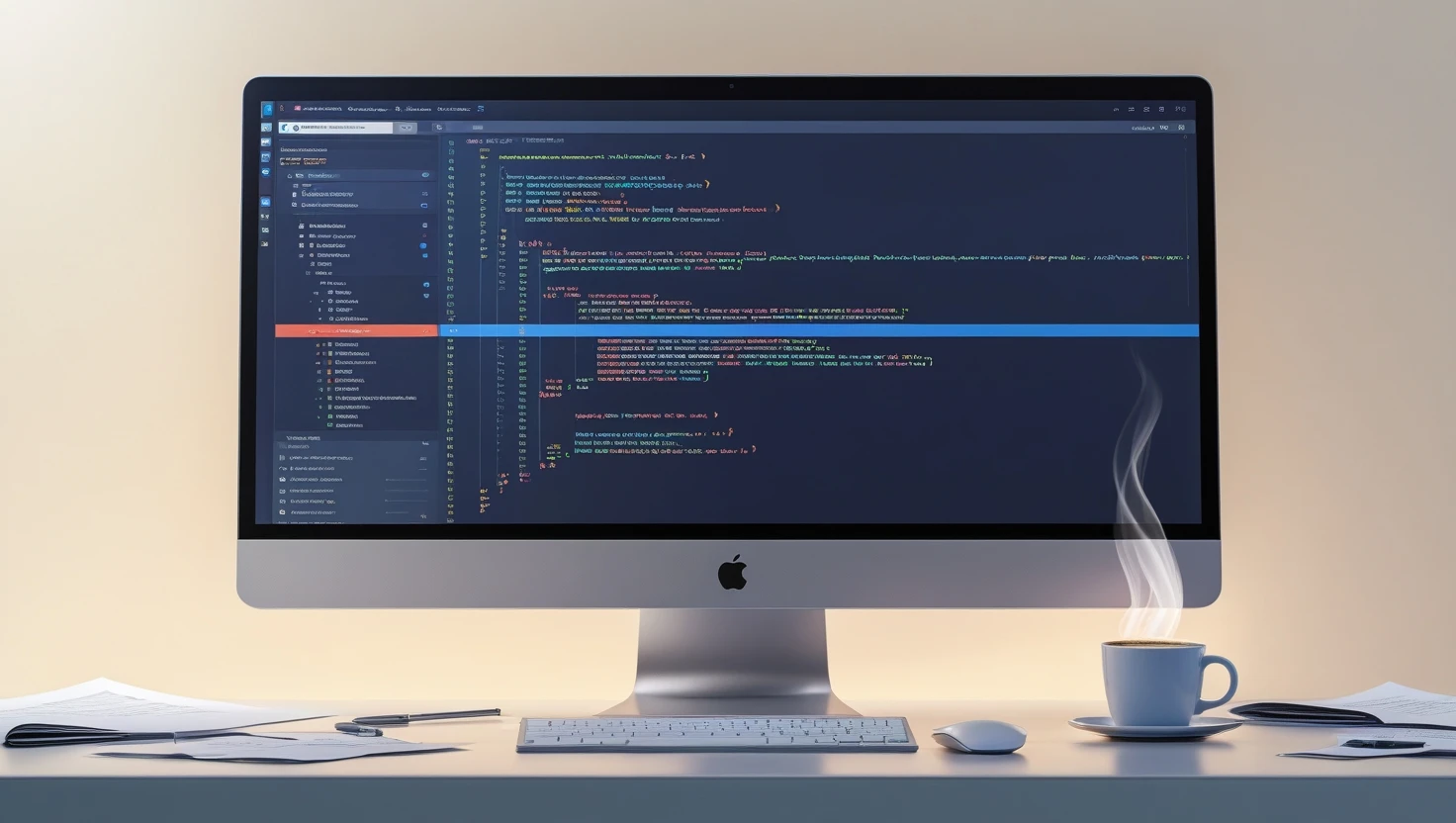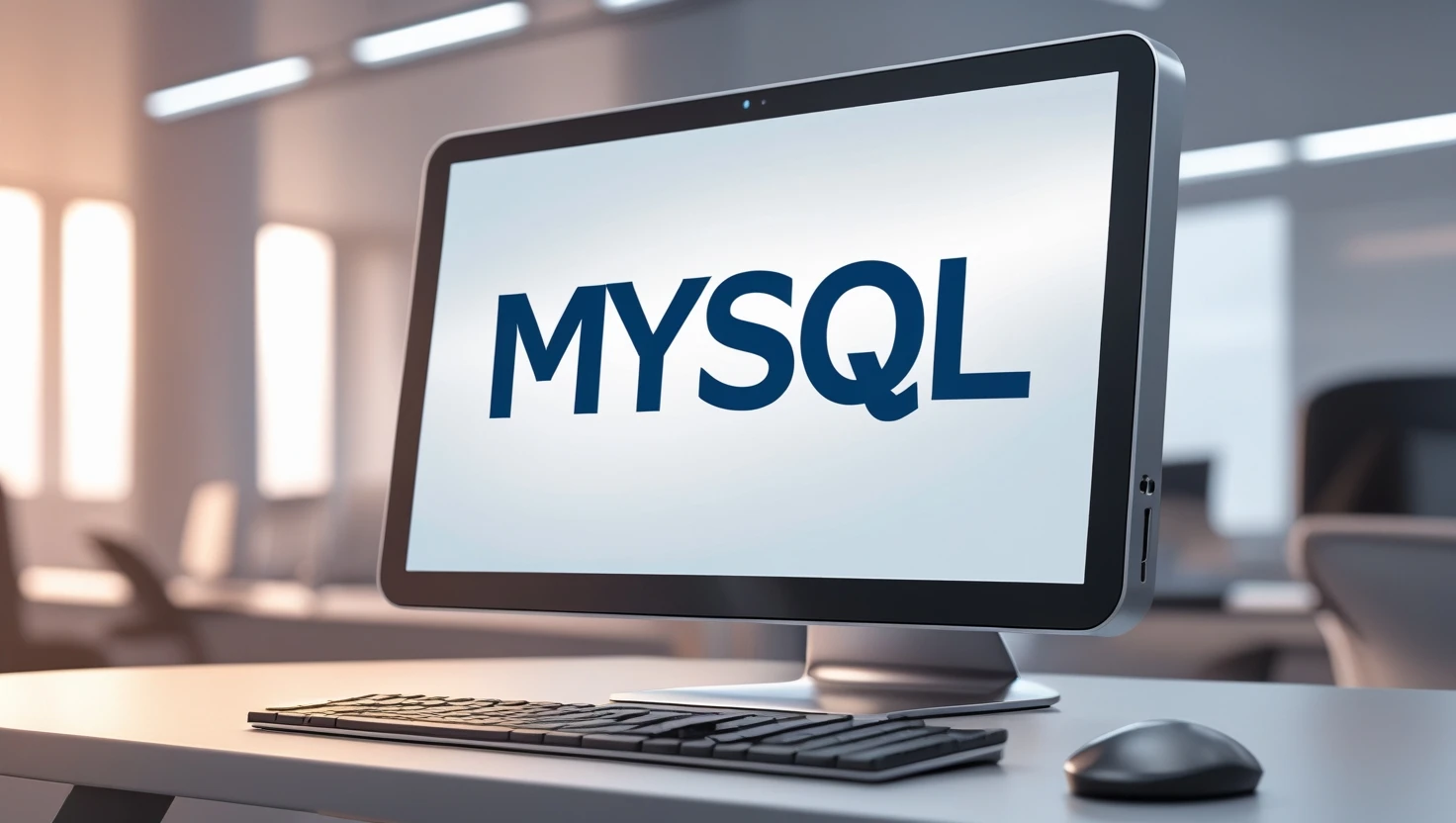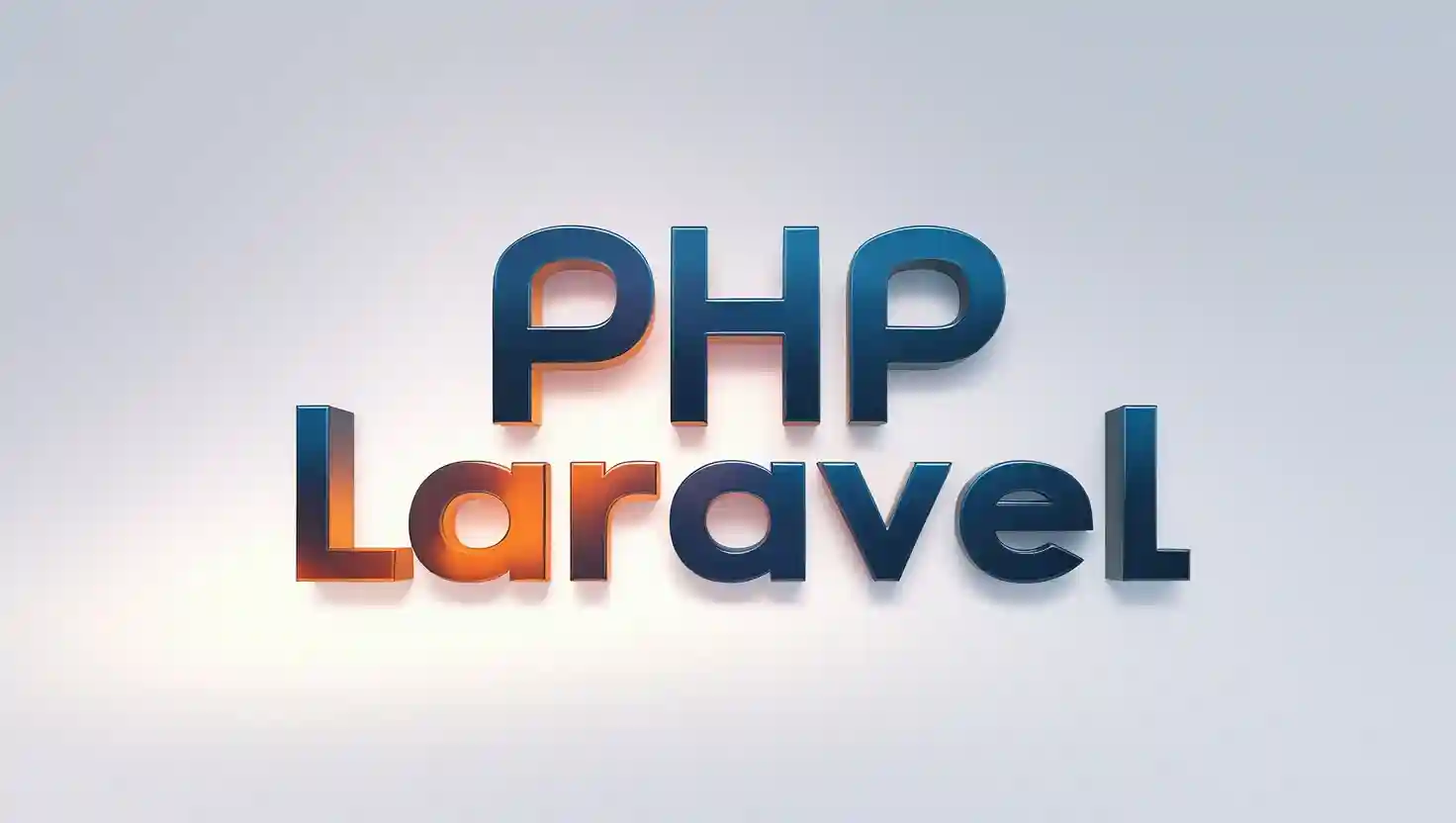Best Free Resources for Online Study — Top Platforms, Tools & Study Plans
Online learning has exploded in recent years, and the best part is many high-quality resources are free. This guide helps learners cut through the noise and find the most reliable, zero-cost resources for studying anything—from school subjects and college-level courses to job skills, coding, languages, and exam prep. We review platforms that truly deliver: well-structured courses, readable open textbooks, interactive practice tools, video lessons, and active community support. You’ll get practical recommendations for beginners and advanced learners, including Khan Academy for foundational maths and science; MIT OpenCourseWare and OpenStax for college-level material; Coursera and edX’s audit options for university-style courses; FreeCodeCamp and Codecademy for hands-on coding practice; Duolingo for languages; and Project Gutenberg for free books and classic literature. We highlight tools that make learning efficient—flashcard apps like Anki, spaced-repetition systems, note-taking strategies, and mock-test platforms that build confidence. For Indian learners, NPTEL and SWAYAM offer free lectures and course content; research-minded users will find arXiv and Semantic Scholar indispensable. Each resource includes what it’s best for, who benefits most, and quick-start tips so you can begin immediately. The guide also covers how to combine resources into focused study plans, how to track progress without paying for premium subscriptions, and how to use free credentials or project portfolios to boost job prospects. Whether you need a one-month skill update, year-long study for a degree-level subject, or ongoing learning for career growth, this guide gives a practical roadmap. Use these trusted, no-cost tools to learn smarter, save money, and reach your goals—whether you’re a student, a professional, or a lifelong learner.
Introduction
Free online resources have changed the way people learn. Whether you are a school student, a college undergraduate, a working professional, or someone learning for fun, you can access high-quality lessons, textbooks, practice exercises, and community help without paying a fee. This guide lists the best free resources available today, explains what each one is best for, and gives practical steps to use them efficiently. The goal: help you learn more, faster, and cheaper.
Why choose free resources?
Cost-effective learning: Many learners can’t afford paid courses. Free platforms remove that barrier.
Wide variety: From basic arithmetic to advanced machine learning, free resources cover nearly every subject.
Flexibility: Most free platforms let you learn at your own pace.
Experimentation: You can try different subjects without financial commitment.
However, free does not mean careless. You still need structure, discipline, and a simple plan to succeed.
Top Free Platforms and What They’re Best For
Khan Academy — Foundations and school-level subjects
Khan Academy is ideal for school students and anyone who needs a strong foundation in maths, science, and basic humanities. The platform offers short instructional videos, practice problems, and progress tracking. Use Khan Academy for:
Core math skills (arithmetic through calculus)
Basic science (physics, chemistry, biology)
Test practice for many school exams
Quick tip: Use the mastery system and build consistency: 30–45 minutes daily adds up quickly.
MIT OpenCourseWare & OpenCourse materials — College-level learning
MIT OpenCourseWare (OCW) and similar university open-course projects publish lecture notes, video lectures, assignments, and exams for free. They are excellent for self-learners who want college-level depth in engineering, science, economics, and humanities.
How to use: Pick one course that matches your interest, follow the syllabus, and complete assignments without rushing.
Coursera & edX (Audit mode) — University-style courses
Coursera and edX offer many paid certificates, but most courses can be audited for free. Auditing allows access to video lectures, reading materials, and sometimes quizzes.
Who benefits: Learners who want structured courses and university-style pacing without the certificate cost.
FreeCodeCamp, Codecademy (Free tiers) — Practical coding
FreeCodeCamp provides a complete, free curriculum for web development, with hands-on projects and a community. Codecademy offers free beginner lessons while advanced paths require Pro. For coding, these platforms are practical because they focus on projects and immediate feedback.
Project example: Build a personal portfolio website and publish it on GitHub Pages.
YouTube Educational Channels — Video-first learning
YouTube hosts many high-quality educational channels such as Crash Course, 3Blue1Brown, and academind. Use playlists to follow a topic consistently.
Caveat: Verify creators’ credentials and combine videos with exercises from other platforms.
OpenStax & Project Gutenberg — Free textbooks and classics
OpenStax provides peer-reviewed textbooks for college subjects free in digital form. Project Gutenberg offers public-domain books and classic literature—great for humanities and English reading.
Free Research & Reference — arXiv, Semantic Scholar, Wikipedia
Researchers and advanced students will find arXiv and Semantic Scholar useful for free research papers and literature. Wikipedia and official government sites are good for quick facts.
Language Learning — Duolingo and Memrise (Free versions)
Duolingo’s free tier offers gamified language practice, while Memrise has community-created free courses. Use these for daily vocabulary and grammar practice.
Specialized Indian Platforms — NPTEL, SWAYAM
For learners in India, NPTEL and SWAYAM provide free lectures and course materials from top Indian institutes. These are especially helpful for engineering, science, and professional courses.
Free Test Prep & Flashcards — Anki, Quizlet
Anki and Quizlet let students use or create flashcards. Anki uses spaced repetition, which is powerful for memorization—great for language vocabulary, history dates, and technical definitions.
How to Combine Resources: A Practical Study Plan
Define the goal: Be specific. Example: "Learn Python basics and build a portfolio project in 3 months."
Choose 2–3 complementary resources: For Python, use FreeCodeCamp for hands-on practice, YouTube for concept videos, and Anki for memorizing syntax and commands.
Create a weekly schedule: Mix active learning (coding, problem-solving) with passive learning (videos, reading).
Project-based learning: Build small projects every week and upload them to GitHub. Projects serve as proof of learning.
Regular assessment: Use online quizzes and occasional full-length mock tests if preparing for an exam.
Roadmaps and Examples
Short-term (1 month) — Skill jump
Goal: Learn the basics of Excel or a new programming language.
Plan: 30–60 minutes daily on Khan Academy or a Coursera audit course, plus 1 weekend project.
Medium-term (3–6 months) — Job-ready skills
Goal: Become job-ready for junior web developer roles.
Plan: Follow FreeCodeCamp curriculum, build a portfolio of 3 projects, apply to internships, use LinkedIn to network.
Long-term (6–12 months) — Academic or career milestone
Goal: Self-study a university subject or prepare for entrance exams.
Plan: Use MIT OCW or OpenStax for deep learning, make notes, solve past papers, and join study groups.
Best Practices and Study Tools
Set clear milestones and a study calendar.
Use spaced repetition (Anki) to retain facts.
Take notes the right way: Use active note-taking methods—Cornell notes or Zettelkasten.
Practice retrieval: Regularly quiz yourself instead of passive rereading.
Join communities: Reddit, Stack Overflow, and platform-specific forums help when you’re stuck.
Track progress: A simple spreadsheet or Notion page works wonders.
How to Get Free Certificates or Show Credibility
Audit then upgrade selectively: Audit courses for free; buy a certificate when it’s directly useful for jobs or applications.
Project portfolios: Host code, write case studies, and add links in your resume.
Open badges and free certificates: Platforms like Google Digital Garage and certain edX offerings sometimes provide free certificates—check terms.
Contribute to open source: Real contributions on GitHub impress recruiters more than certificates alone.
Common Mistakes to Avoid
Spreading thin across too many resources: Focus on a small set to avoid scattered learning.
Ignoring time-bound practice and mock analysis: Mocks simulate tests and reveal weak areas.
Relying solely on coaching without self-study: Coaching can guide, but independent practice builds mastery.
Neglecting health and revision cycles: Rest and consistent revision are essential.
Deep-Dive: Pros, Cons and Best Use Cases of Key Platforms
Below is a practical comparison to help you pick resources quickly.
Khan Academy
Pros: Free, structured learning paths for school-level topics, mastery tracking.
Cons: Limited advanced university content.
Best for: School students, remedial learners, anyone building foundations.
MIT OpenCourseWare & University OCW
Pros: Full syllabi, lecture videos, and assignments from top universities.
Cons: Self-study requires discipline; not paced.
Best for: Self-motivated learners aiming for in-depth subject knowledge.
Coursera & edX (audit)
Pros: Structured timelines, graded assignments (sometimes), university-quality content.
Cons: Certificates cost; some graded tasks locked behind paywalls.
Best for: Learners wanting course structure and recognized course content.
FreeCodeCamp / Codecademy (free tier)
Pros: Project-based, practical coding tasks.
Cons: Advanced content may require paid tiers.
Best for: Beginners to intermediate coders building portfolios.
YouTube
Pros: Free video explanations, diverse teaching styles.
Cons: Variable quality; not always structured.
Best for: Quick explanations, visual learners, supplementary learning.
Anki & Quizlet
Pros: Powerful memorization through spaced repetition.
Cons: Requires time to create decks; mobile iOS app may be paid.
Best for: Vocabulary, factual recall, medical students, language learners.
Google Digital Garage / Microsoft Learn
Pros: Industry-backed, practical career skills, occasional free certifications.
Cons: Focused on specific digital skills rather than broad academics.
Best for: Job-ready digital skills like analytics, marketing, cloud basics.
Kaggle & Google Colab
Pros: Free compute for data practice, public datasets, competitions for practice.
Cons: Learning curve for setups; competitions can be challenging.
Best for: Data science learners who need hands-on practice.
Sample Weekly Study Schedule (for a working professional, 10 hours/week)
Monday to Friday (1 hour each evening)
20 minutes: Review previous notes (Anki or notes)
30 minutes: Watch one short lecture or complete a coding lesson
10 minutes: Quick quiz or flashcards
Saturday (3 hours)
90 minutes: Deep practice (project work or problem sets)
30 minutes: Read an article or research paper related to the topic
30 minutes: Plan next week and update progress tracker
Sunday (3 hours)
120 minutes: Full mock/test or integrate project components
60 minutes: Community discussion, forum queries, or revision
Evidence-Based Study Techniques to Use with Free Resources
Active recall: After reading or watching, close materials and write down what you remember. This strengthens memory.
Spaced repetition: Use Anki to schedule reviews—don’t cram.
Interleaving: Mix similar topics in a single study session to improve versatility.
Feynman technique: Teach the concept in simple terms—writing or talking—to reveal gaps in understanding.
Pomodoro method: Use focused 25-minute sessions with 5-minute breaks to maintain concentration.
How to Evaluate a Free Course Quickly
Look at the syllabus: Does it cover practical skills and assessments?
Scan past student reviews: Use Class Central or platform comments for feedback.
Check instructor background: University affiliation or industry experience matters.
Assess assignments: A course with projects or graded tasks is better for deep learning.
Try a module: Spend one week on the course module—if it works, continue.
Using Free Resources for Competitive Exams and Certifications
Competitive exams: Use OpenStax and MIT OCW for subject depth; pair with Swayam or NPTEL for Indian exam-style lectures.
Coding interviews: Use FreeCodeCamp, HackerRank, LeetCode free problems, and GitHub for examples and practice.
Language proficiency: Combine Duolingo daily practice with free content on BBC Learning English or YouTube for spoken fluency.
Building a Portfolio with Free Tools
Coding: Host projects on GitHub, use GitHub Pages to publish, and include README files documenting your learning.
Design & Writing: Use free Medium posts, Google Docs, or a simple website template on GitHub Pages.
Data Science: Use Google Colab to present notebooks, Kaggle datasets for analysis, and create visualizations with matplotlib or Plotly.
Frequently Asked Questions (Expanded)
Are free courses really recognized by employers?
Employers value demonstrable skills. Projects, GitHub repos, and challenge solutions often matter more than paid certificates.How long does it take to learn a new skill for a job?
Most marketable tech skills take 3–6 months of disciplined practice for an entry-level role, depending on prior experience.Can I rely solely on free resources for a full degree-level education?
Yes for knowledge. For formal credentials, degrees or verified certificates may still be necessary depending on your career goals.
Final Checklist Before You Start
Pick one clear learning goal and write it down.
Select two core resources and one supplementary platform.
Set measurable milestones (e.g., "Complete 3 projects in 12 weeks").
Schedule weekly review sessions and one monthly mock or project demo.
Join a community for feedback and accountability.
Conclusion
Free resources make high-quality learning accessible to everyone. With platforms like Khan Academy, MIT OpenCourseWare, FreeCodeCamp, Coursera audit, and powerful tools like Anki and GitHub, you can learn anything with a clear plan and steady effort. Start small, use a project-focused approach, and combine resources smartly. Free resources are abundant, but success depends on structure, consistency, and real-world practice. Pick one goal, choose two great resources, and begin—your learning journey starts today.












